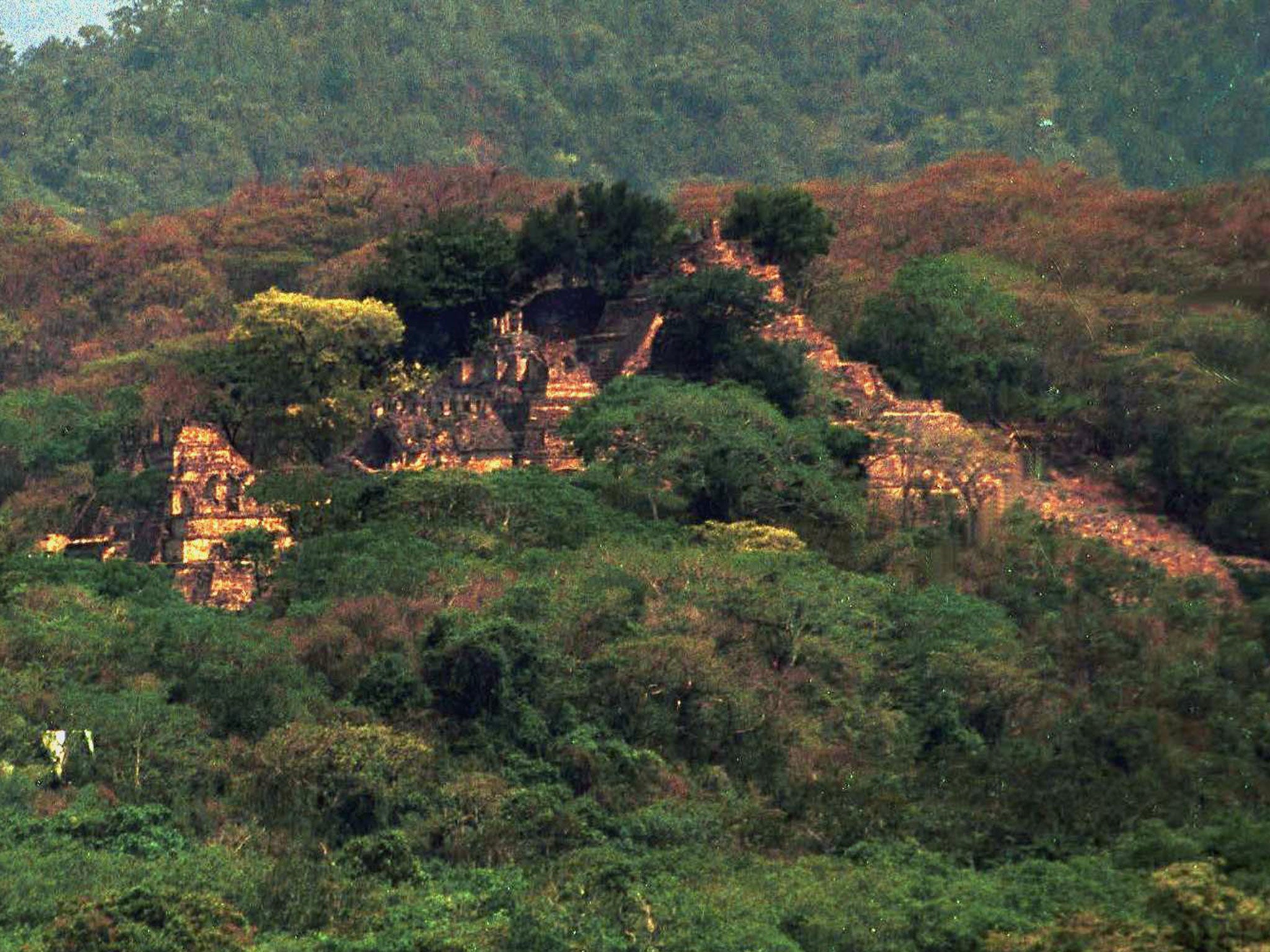Forgotten Mayan city 'discovered' in Central America by 15-year-old
William Gadoury made a link between the location of Mayan cities and the civilization's major constellations

Your support helps us to tell the story
From reproductive rights to climate change to Big Tech, The Independent is on the ground when the story is developing. Whether it's investigating the financials of Elon Musk's pro-Trump PAC or producing our latest documentary, 'The A Word', which shines a light on the American women fighting for reproductive rights, we know how important it is to parse out the facts from the messaging.
At such a critical moment in US history, we need reporters on the ground. Your donation allows us to keep sending journalists to speak to both sides of the story.
The Independent is trusted by Americans across the entire political spectrum. And unlike many other quality news outlets, we choose not to lock Americans out of our reporting and analysis with paywalls. We believe quality journalism should be available to everyone, paid for by those who can afford it.
Your support makes all the difference.A 15-year-old boy believes he has discovered a forgotten Mayan city using satellite photos and Mayan astronomy.
William Gadoury, from Quebec, came up with the theory that the Maya civilization chose the location of its towns and cities according to its star constellations.
He found Mayan cities lined up exactly with stars in the civilization's major constellations.
Studying the star map further, he discovered one city was missing from a constellation of three stars.
Using satellite images provided by the Canadian Space Agency and then mapped on to Google Earth, he discovered the city where the third star of the constellation suggested it would be.

William has named the yet-to-be explored city in the Yucatan jungle K'aak Chi, or Mouth of Fire.
Daniel De Lisle, from the Canadian Space Agency, said the area had been difficult to study because of its dense vegetation.
However, satellite scans of the area from the RADARSAT-2 satellite found linear features which "stuck out".
"There are linear features that would suggest there is something underneath that big canopy," he told The Independent.
"There are enough items to suggest it could be a man made structure."
Dr Armand La Rocque, of the Remote Sensing Laboratory at the University of New Brunswick, said one image showed a street network and a large square which could possibly be a pyramid.
He told The Independent: "A square is not natural, it is mostly artificial and can hardly be attributed to natural phenomena.
"If we add these together, we have a lot of indication there might be a Mayan city in the area."
Dr La Rocque said William's discovery could lead archaeologists to find other Mayan cities using similar techniques.
William's discovery will be published in a scientific journal and he will present his findings at Brazil's International Science fair in 2017.
The story was originally published with different pictures, which have now been changed because it appears although William analaysed them he did not use them as the basis of his claims.
Join our commenting forum
Join thought-provoking conversations, follow other Independent readers and see their replies
Comments